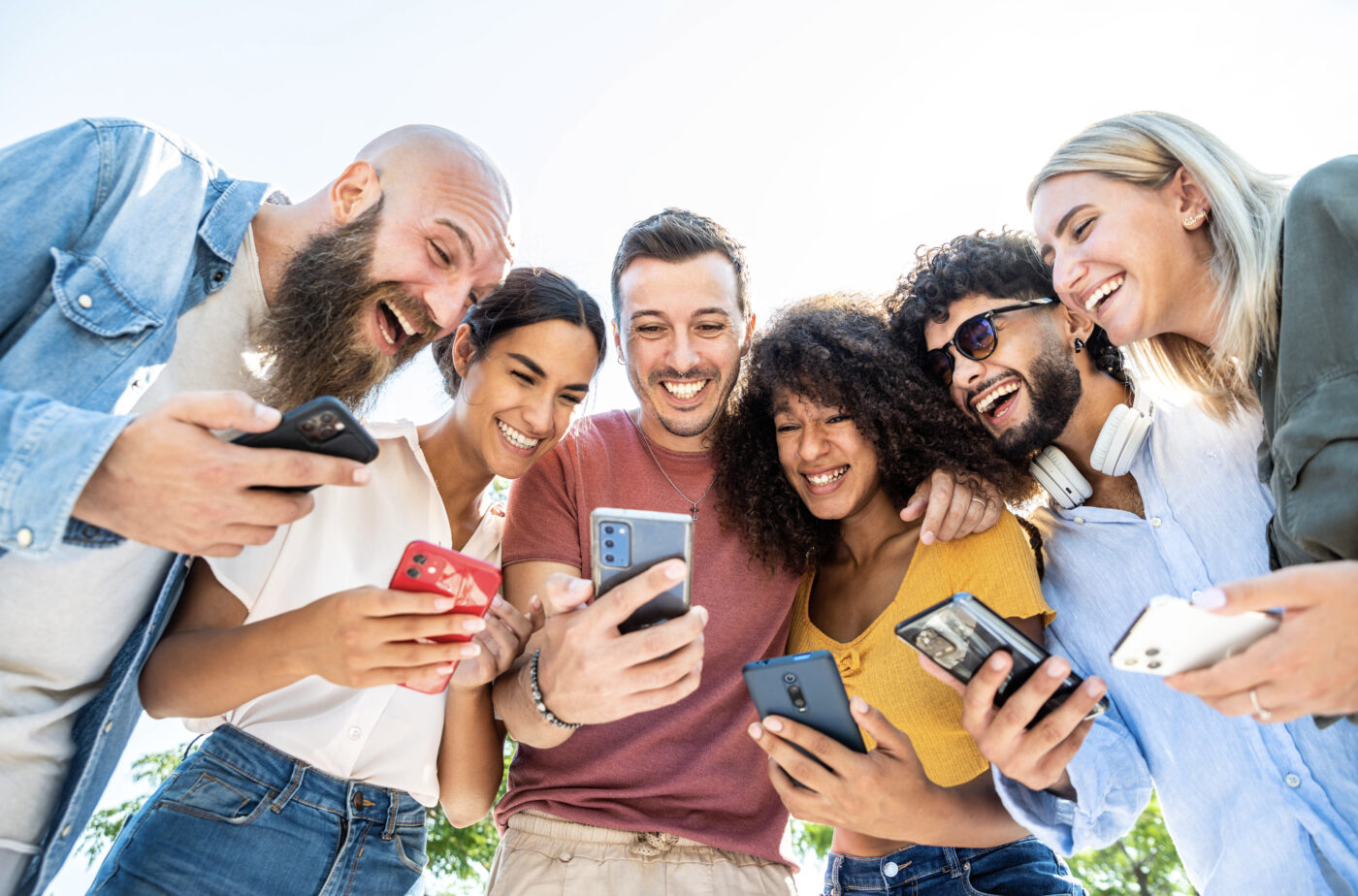
Source: Citymagazine.si
Design and Build Quality
Android
- Customization: Offers extensive customization options. Users can change launchers, icon packs, and interface themes.
- Variety: Wide range of devices from budget-friendly to high-end flagships.
- Display Options: Includes AMOLED, LCD, and foldable screens.
iPhone
- Simplicity: Known for sleek, minimalist design.
- Consistency: Uniform design across models.
- Durability: Built with high-quality materials like stainless steel and glass.
Performance
Android
- Processor Variety: Uses processors from Qualcomm, Samsung, and Huawei.
- RAM and Storage: High-end devices offer ample resources; budget options may struggle.
- Software Updates: Updates can be slow due to fragmentation.
iPhone
- Processor Optimization: A-series processors designed specifically for iOS.
- RAM and Storage: Generally sufficient for demanding tasks.
- Software Updates: Timely updates across all devices.
Security
Android
- Google Play Protect: Scans apps for malware.
- Biometric Security: Includes fingerprint sensors and facial recognition.
- Regular Updates: Google has improved the update process.
iPhone
- Face ID/Touch ID: Provides biometric authentication.
- Secure Enclave: Stores sensitive information securely.
- Timely Updates: Quick rollout of updates across devices.
App Ecosystem
Android
- Google Play Store: Offers a wide variety of apps, including many exclusive titles.
- Customization: Apps often offer more customization options.
- Free Apps: Many apps are available for free, with in-app purchases.
iPhone
- App Store: Known for strict guidelines ensuring high-quality apps.
- Exclusive Apps: Some popular titles are available exclusively.
- Paid Apps: Many apps are paid, with some offering free trials or in-app purchases.
Camera Capabilities
Android
- Variety of Cameras: Includes multi-lens setups with features like zooming and bokeh effects.
- Customization: Allows users to adjust camera settings.
- Third-Party Apps: Numerous apps offer additional features.
iPhone
- Single-Lens Cameras: Traditionally uses single-lens, though recent models feature multi-lens setups.
- Ease of Use: Simple to switch between modes like Portrait or Night mode.
- Integration: Seamless integration with other Apple devices.
Battery Life
Android
- Variety in Battery Life: Varies significantly across devices.
- Fast Charging: Many high-end devices support fast charging.
- Power-Saving Features: Includes features like Doze mode.
iPhone
- Consistent Performance: Generally offers consistent battery performance.
- Efficient Processors: A-series processors are power-efficient.
- Optimized Software: iOS features like Low Power Mode help extend battery life.
User Experience
Android
- Customization Options: Allows personalization of home screens.
- Multi-Tasking: Supports split-screen mode.
- Notification System: Highly customizable notification settings.
iPhone
- Simplicity: Intuitive user interface.
- Ease of Use: Lack of customization options makes it easier for new users.
- Integration: Seamless integration with other Apple devices.
Global User Comparison
Market Share
- Android: Holds significant market share globally due to affordability and variety.
- iPhone: Popular among premium users valuing brand reputation and ecosystem integration.
Demographics
- Younger Generations: Prefer Android for affordability and customization.
- Older Generations: Often choose iPhones for ease of use and reliability.
Geographical Distribution
- Asia: Android dominates due to affordability.
- North America: iPhones hold a stronger presence due to premium brand preference.
